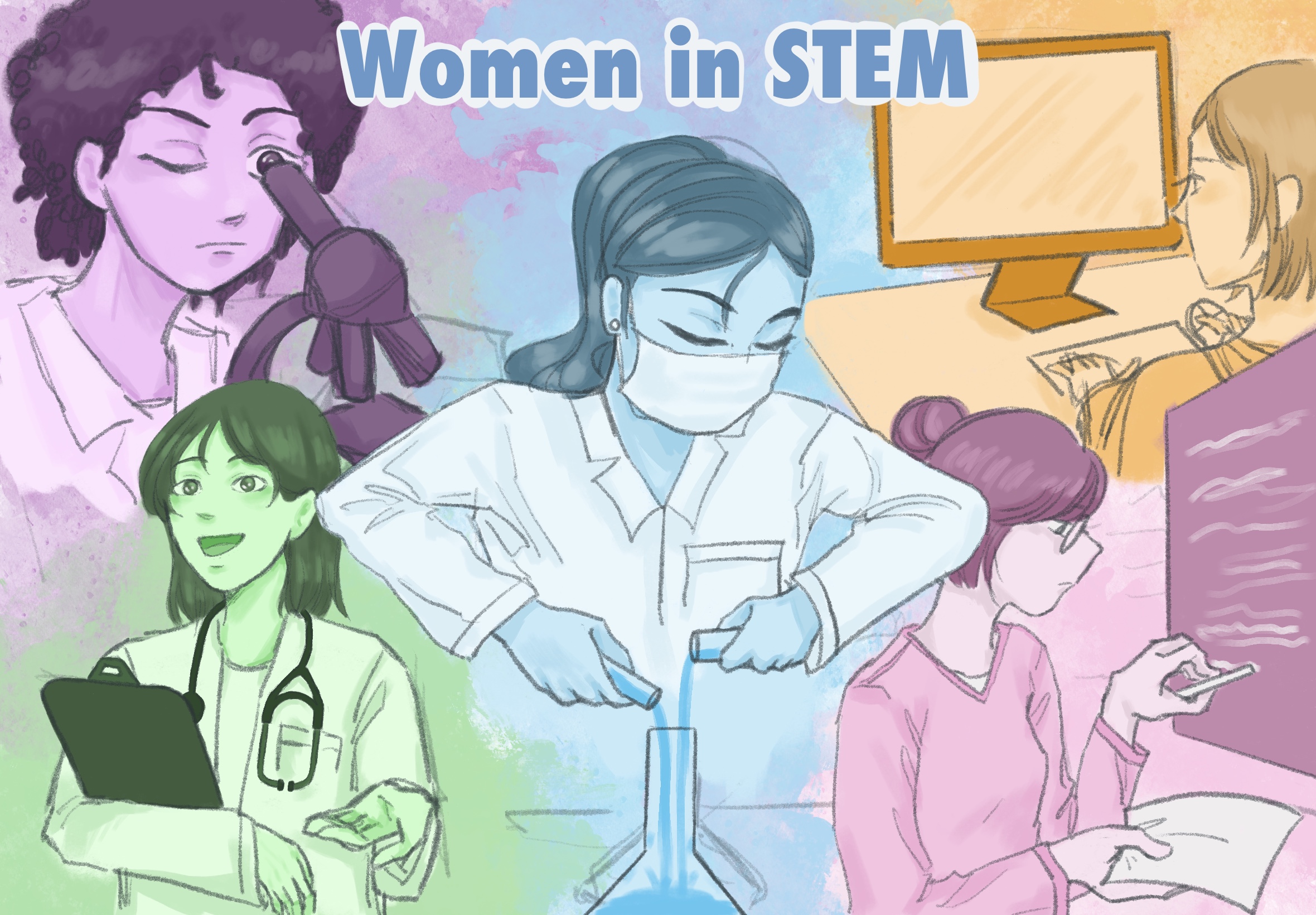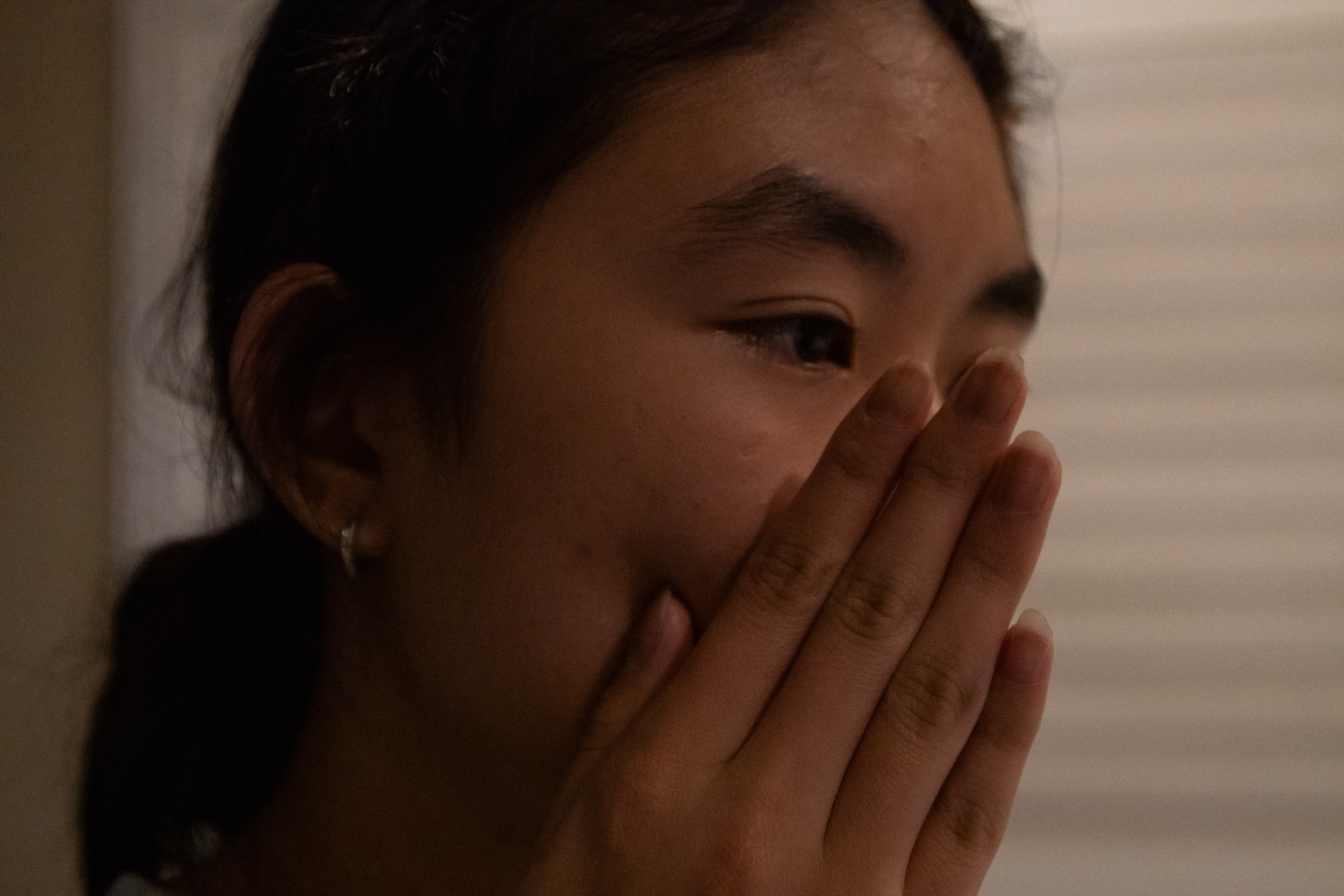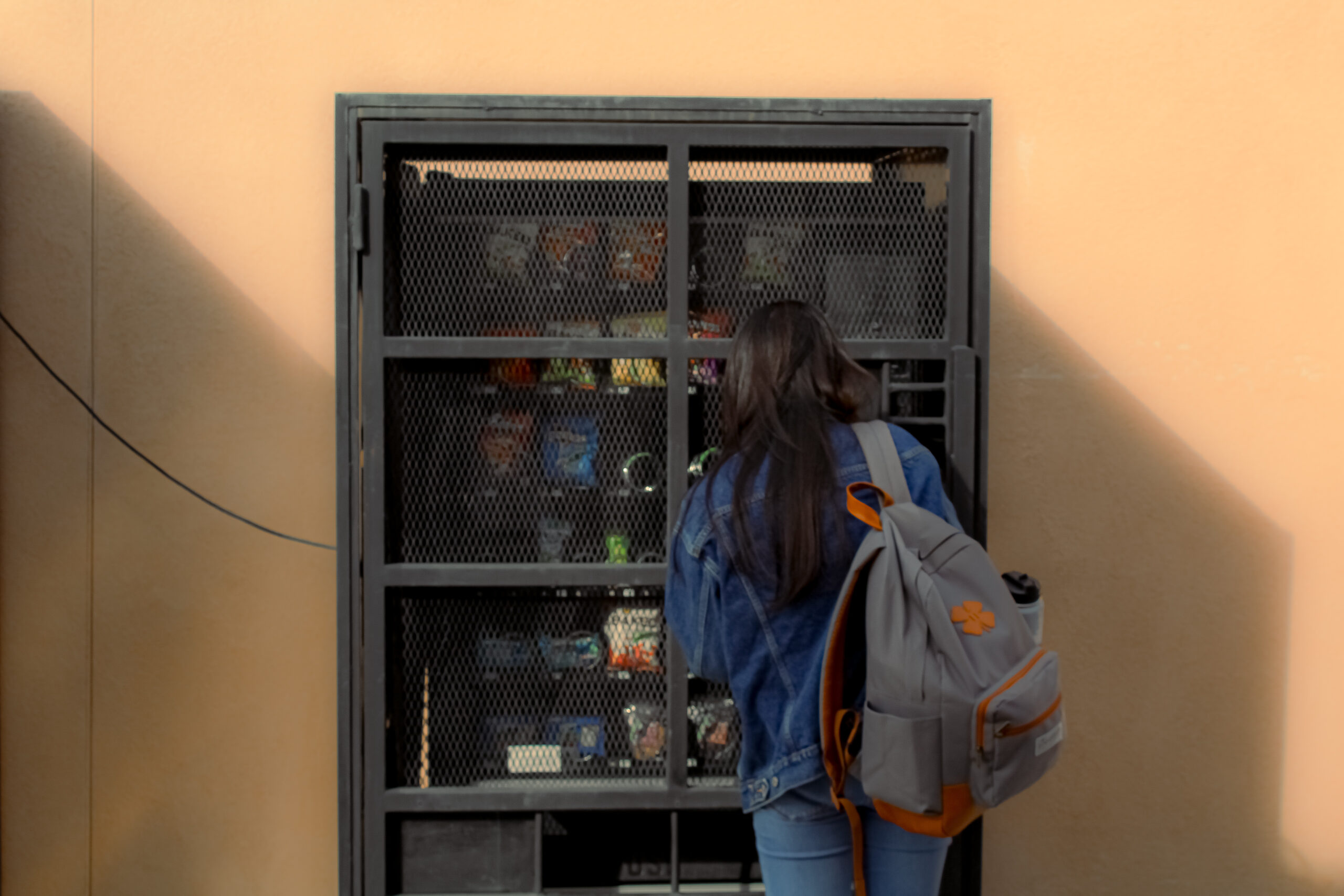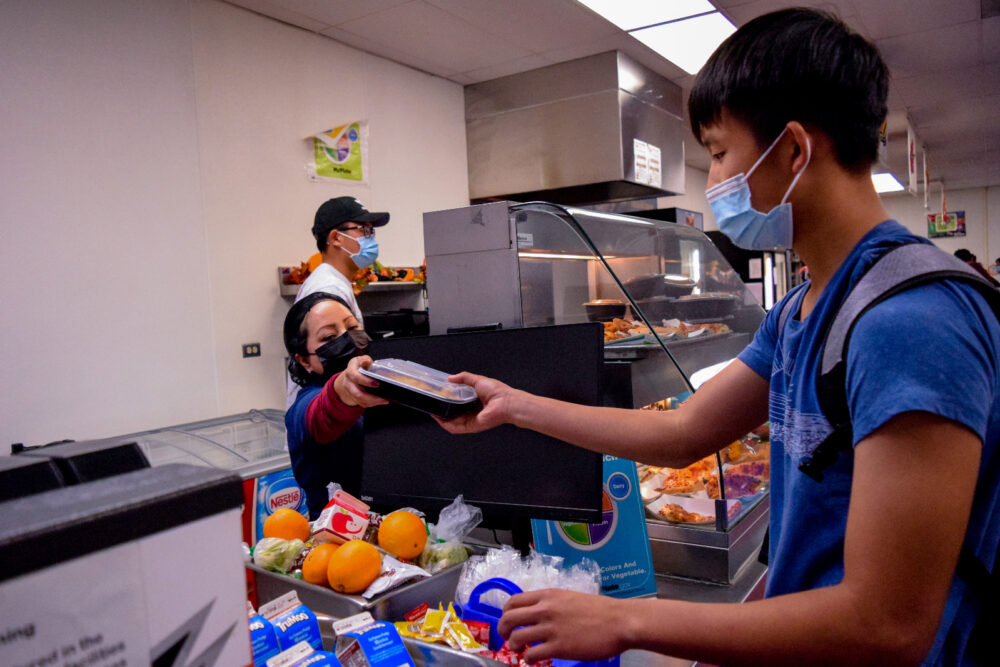
By Molly Chang
All California public school students are now given one free meal for both breakfast and lunch regardless of family income as result of SB-364 Pupil meals, a recently passed state law.
While some students received free and reduced meals in the past, they had to meet certain financial qualifications to do so. Not only was the application process lengthy, but it also did not guarantee that families would be eligible for reduced lunch fees.
“There’s been documented problems with eligibility, and many kids who need these programs have not been able to get fed,” Chief Development Officer of the LA Food Bank Roger Castle said.
However, this complicated application process came to an end when the pandemic struck.
Despite in-person learning being shut down, school kitchens remained open. With the arrival of grab-and-go lunches in Southern California, students from all backgrounds were able to pick up a meal on the curbsides of schools, free of charge.
“Through the pandemic, families have had to make some really hard choices with lost income and changes in their finances. So we want children to know—and families to know—that they can come to school and get a meal, and that they don’t have to worry about food insecurity,” director of Nutrition Services at the California Department of Education Kim Frinzell explained.
The sudden popularity in grab-and-go meals brought the state of California closer to its goal of “universal” meals. When the state was unexpectedly allotted a budget of $650 million to cover free lunches for public schools, this goal was finally made possible.
After the reopening of classrooms for the school year, all 6.2 million public school students in California received access to free breakfast and lunch every school day.
Now, not only did free school lunches reduce the issue of food insecurity, but they also positively impacted health and obesity rates, as well as food selection and consumption.
According to the Food Research & Action Center (FRAC), researchers found that students who consumed school breakfast and lunch had an overall healthier diet compared to others who didn’t. They discovered that packed lunches from home contained “more calories, fat, saturated fat and sugar” yet lacked in “protein, fiber, vitamin A and calcium” compared to school lunches.
Additionally, because food served by schools meet National School Lunch Program standards, school lunch programs have reduced obesity rates in children by at least 17% and rates of poor health by at least 29%.
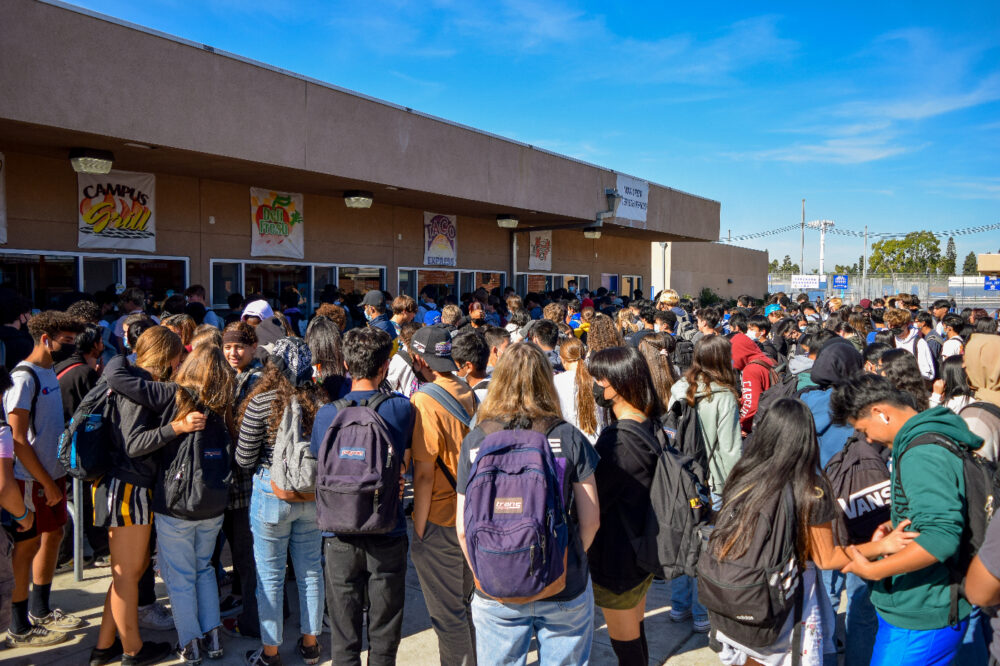
At Fountain Valley High School (FVHS), workers in the cafeteria spend hours preparing meals every day, which consist of a protein, a fruit and a drink.
“I think this new program is so beneficial for many people because no matter the financial situation, students are still provided lunch instead of it being an option in which they have to choose between saving money or having a vital meal,” cafeteria worker and junior Beyza Bayraktar said.
Carmen Murphy, the FVHS cafeteria manager, emphasized the significance of the free school lunch program and its targeting of multiple issues in the community: health, food insecurity and even convenience.
“[The system] is much more convenient now as well, for the students and the parents. Now, students do not need to prepare lunches from home because everything is being provided by the school,” Murphy said.
As students adjust to the new system, lunch lines become longer than ever before at FVHS. But, at the end of the day, Barons are provided a fulfilling, free-of-charge meal every breakfast and lunch, no questions asked.



